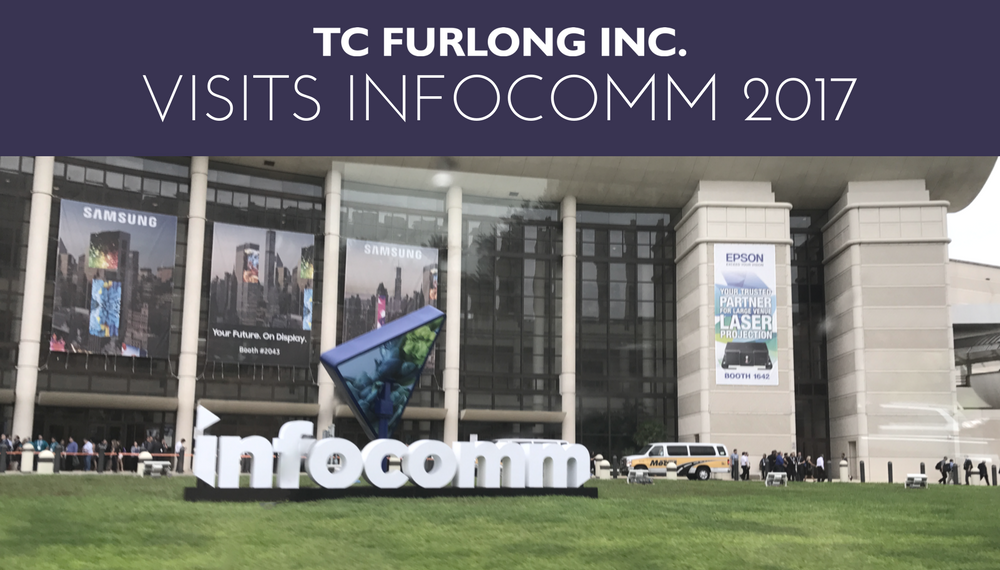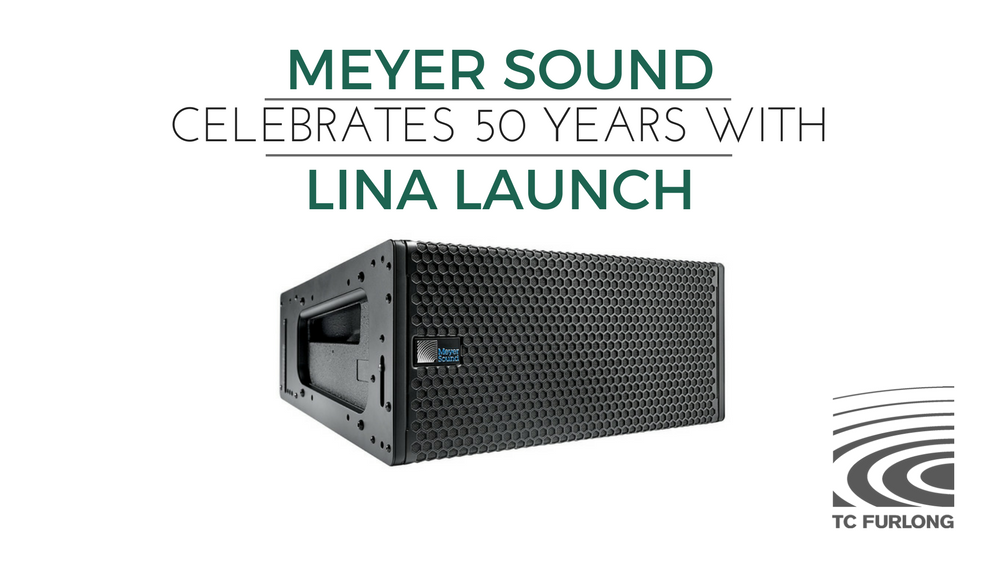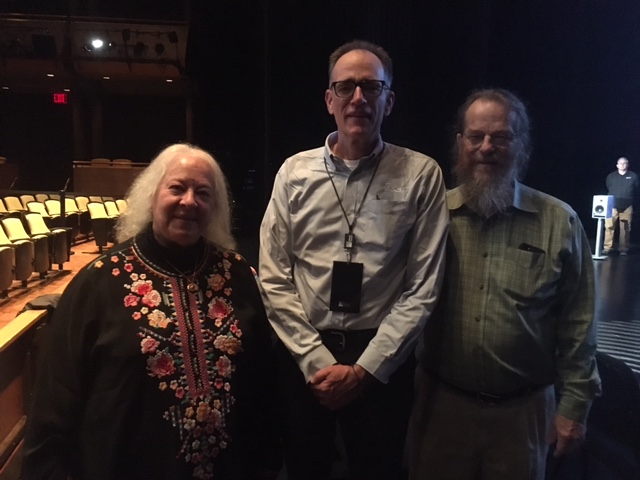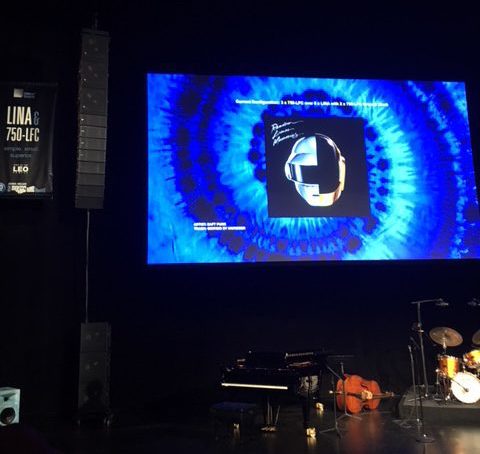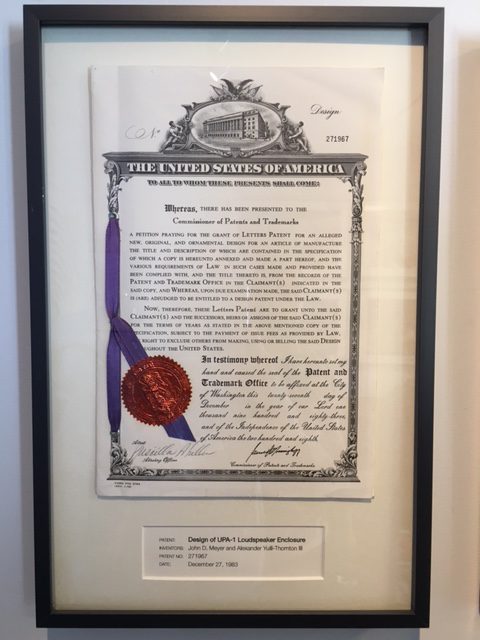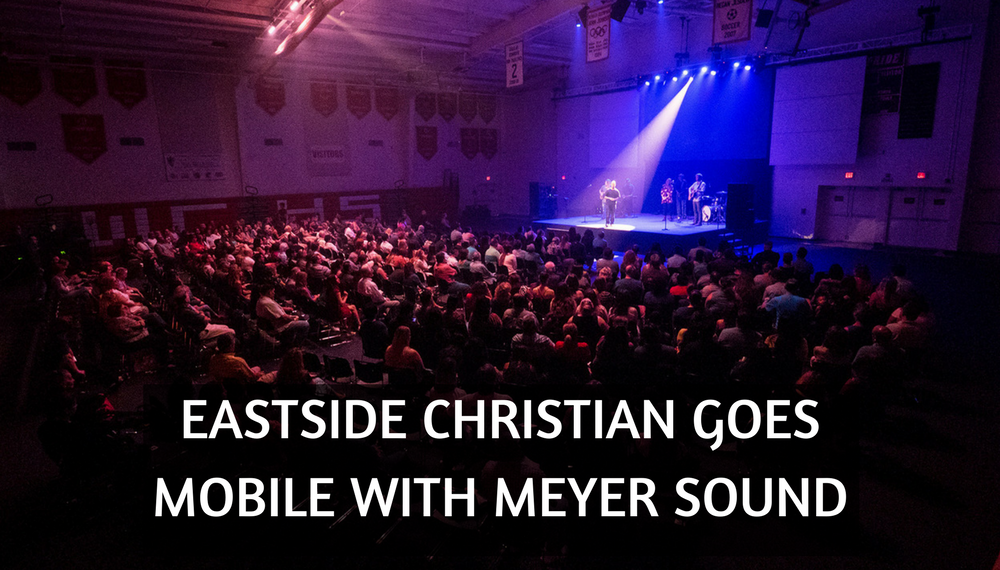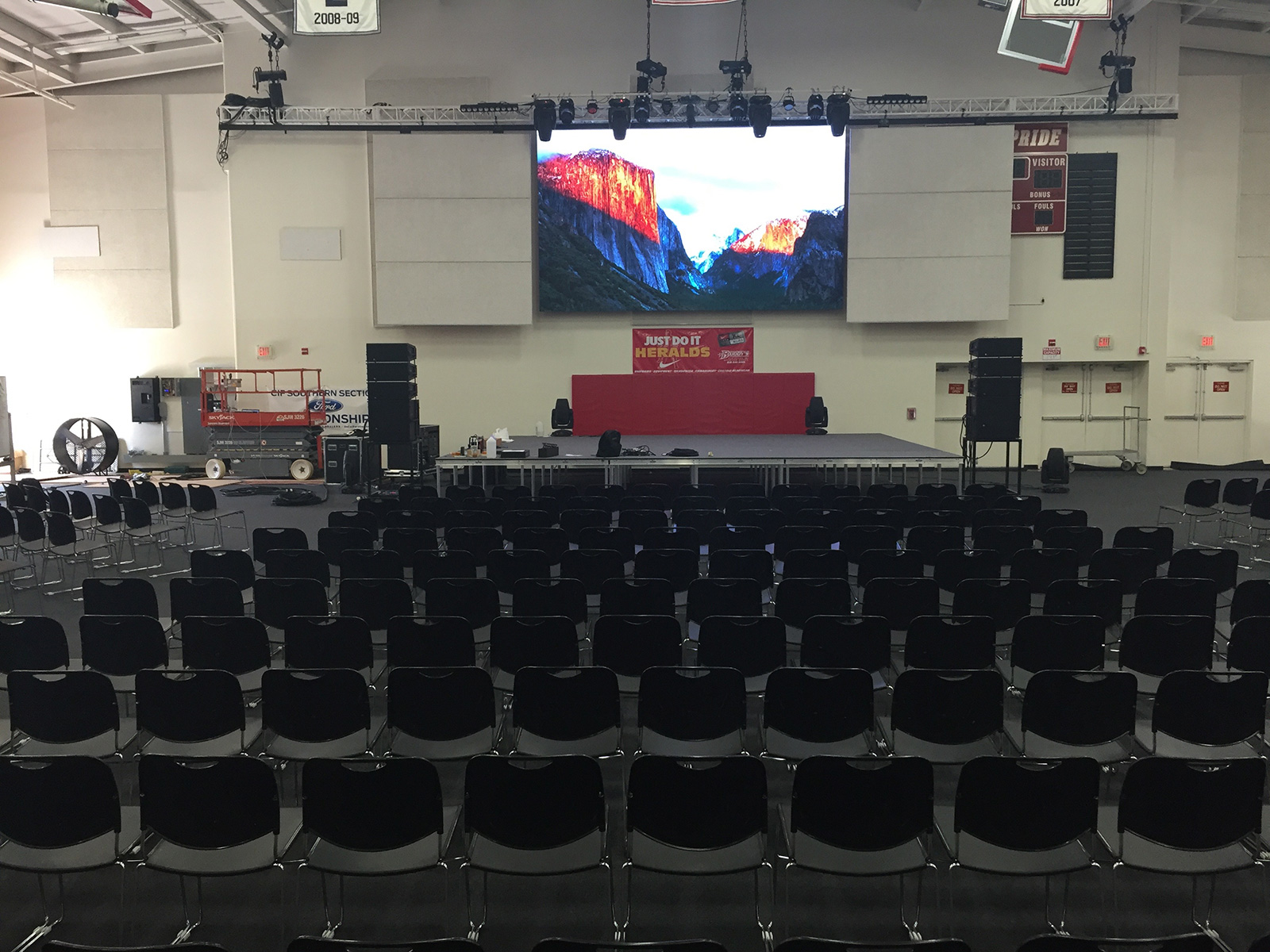Originally posted on ProSoundWeb
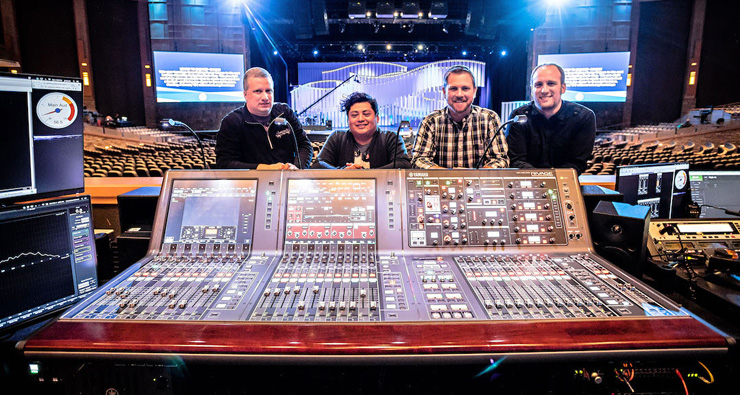
(L-R) Tom Spindler, Josh Gonzalez, Dan Smith, Matt Wentz
Willow Creek Community Church in South Barrington, Illinois was the first to explore the possibility of using the new Yamaha RIVAGE PM10 digital audio console for their 40th anniversary event held at the 25,000-seat United Center in Chicago during the latter part of 2015.
Now, the church has installed two at their 7,200-seat main auditorium, one at front of house and one for monitors along with four RPio622s and one RPio222 I/O racks all with the HY144-D Dante cards. The systems were purchased through TC Furlong (Lake Forest, IL) with integration completed by Clark Productions (Atlanta, GA).
“The church has traditionally loved audio innovation, having been the first to also install two PM1D digital audio consoles over 16 years ago,” states Matt Wentz, audio systems engineer, Willow Creek Community Church. “We are a Yamaha facility and make use of every console, from the TF, CL, and QL, to the M7CL, LS9, and O1V spread across seven campuses around Chicagoland that service a congregation of over 25,000. We know and trust the reliability and the functionality of Yamaha products and have had a long standing relationship with the company and know the support we get from them.”
The new RIVAGE PM10s are in use for weekly services as well as three large events held during Christmas, Easter and a two-day Global Leadership Summit (GLS). The services include a full music production as well as speech, drama, and pastor sermons.
Wentz says the decision to move forward with the new PM10s was the need to integrate into a larger Dante network, with Yamaha integrating with Dante. “We love the Yamaha PM10 feel and ease of use, the main console features including plugins, EQ, and, of course, the sound of the board.
“The system as a whole is extremely easy to set up and run. The TWINLANe network makes getting audio to each of the desks really smooth, and the Dante integration is also very clean. The way the board is set up, how you can have all three banks separate or grouped together allows the operator maximum flexibility and customization in addition to the custom faders.”
“Yamaha has typically always had a very transparent pre-amp,” adds Dan Smith, weekend audio director and front of house engineer. “Now that the SILK feature has been added to the pre-amp, it allows me to color the inputs prior to the channel. That means a closer phase alignment as it is passed through the channel because of less overall EQ adjustments. The onboard Rupert Neve Designs EQ and compressors add a great color to the mix. I use the EQ773 quite a bit to lift channels out of the mix. Also, having 12 different custom fader layouts per fader bank helps me to get to channels quickly and to customize my workflow.”
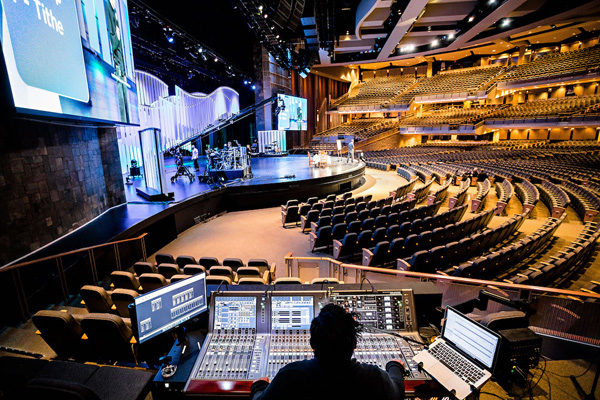
Josh Gonzalez at Monitor Desk
Monitor engineer Josue (Josh) Gonzalez says initially, what drew his attention was the appealing layout of the console. “Not only does it look great, but it also feels good. The faders are SILKy smooth (pun intended) and the comfort level is unreal. Yamaha once again delivered on a great sounding pre amp. Adding SILK to the pre amp is a plus.
“The three fully customizable banks of 12 make the console extremely versatile. The custom layers make programming enjoyable and practical, giving you everything you need right at your fingertips. The “home” button is a great feature. I personally use it as an emergency button. No matter where I am on the console I know I can press the “home” button and it will take me straight to the layer with my most important inputs. You can put up to 8 inserts per input. I don’t use that many myself but to have the option to is amazing in itself. I like to use the Portico 5043 on my vocals. It really makes them pop.”
The Willow Creek upgrade also includes Dante-related gear: Yamaha RSio64-D input/output box, a Yamaha QL1 digital audio console for streaming purposes, four Dante MY-16-AUD2 cards, three Bel Digital BM-A1-64DANTE, a Sound Devices 970, Radius 12×8-EX, nine Symetrix Prism 4×4 for interpretation racks, for ‘special friends’ and monitor communications, a DVS for hearing hotspot, four BSS Blu-806 units to distribute Galileos and QSC amps for PA, a Wohler Dante AoIP input card for AMP2-16V-M, an Auvitran AVBx7, and seven Auvitran AxCDante cards, three of which are on the Main Aud VLAN, seven Focusrite Rednet systems, and Cisco Network Switches.
For more information about Yamaha’s PM10 Rivage system or anything from our list of over 100 professional audio manufacturers, contact the TC Furlong Sales Team at 847.367.9588 or sales@tcfurlong.com.
